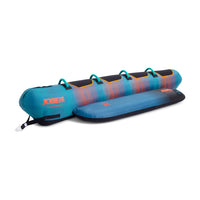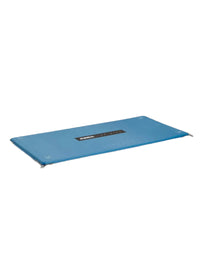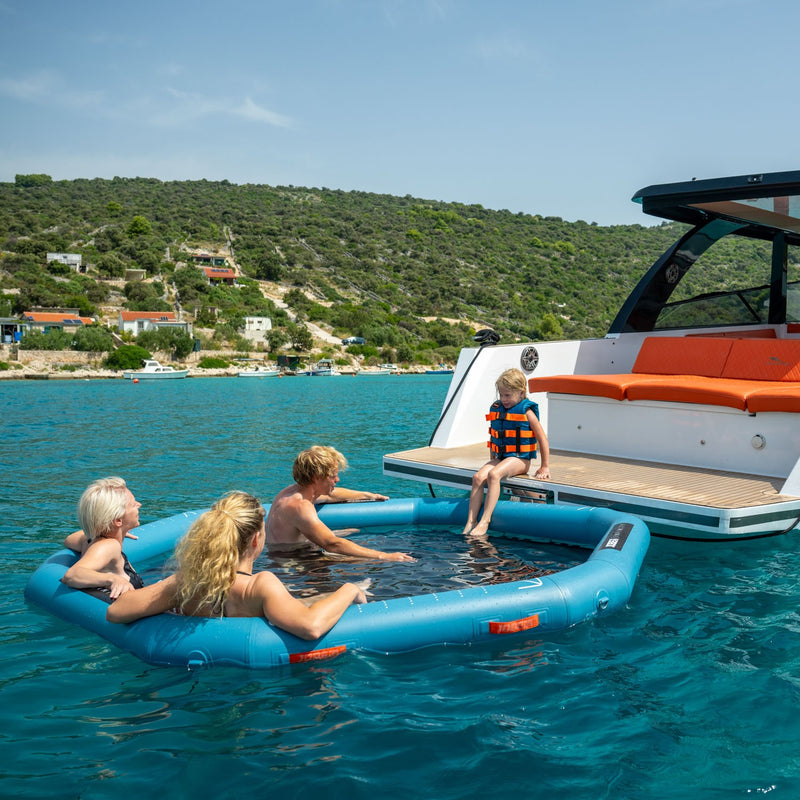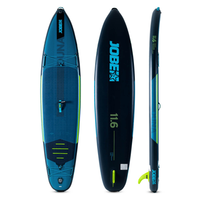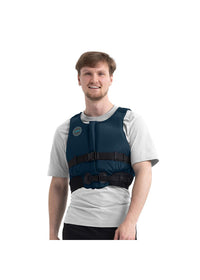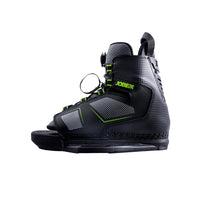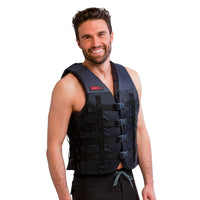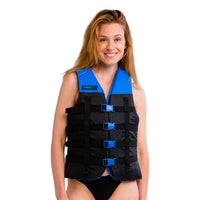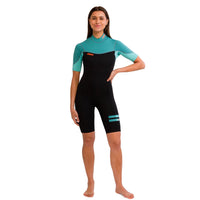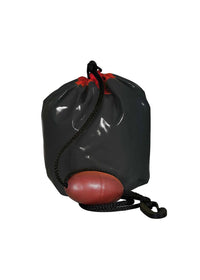
How to use your boat for Tow Sports
To all the boat-lovers
All boating lovers know boating is never 'just boating'. It's about having no restrictions, freedom, family & fun. Extending your boat experience by trying new tow sports makes a boating experience - next to the relaxing part - even better. Today Jobe gives you 4 tips to make water-skiing, wakeboarding or riding towables behind your boat a successful endeavour.
1. What kind of rope do I need?
If you try different tow sports, you will need a selection of towropes or a rope with different sections. Water-ski ropes are typically 75 feet long, beginner wakeboard ropes typically run between 65 to 75 feet, and towable ropes should fall between 50 and 60 feet. From our experience, we know most wakeboarders prefer ropes with no stretch, while many water-skiers like ropes with a little stretch. For towables most fun-seekers love the flexibility and even bungee-ropes for an extreme experience. Always check that a towable rope’s specs match the weight capacity of the specific towables it’s towing.
2. Rope positioning
Skiers prefer the rope attached to a pylon close to the boat's centre, which helps with carving on slalom courses. Wakeboarders prefer a high tow point (from a tower) to help do airborne tricks. Keep the tow line for towables tied close to the transom and off a tow eye or low pylon. Tethering a tube from a tower dramatically increases the risk of flipping it or sending it aloft. This can be seriously dangerous.
3. How to handle the trotter of your boat?
When driving for tow sports, you first must consider how you handle the throttle to give the rider the best experience possible. Running and gunning: it doesn’t work. When pulling up a skier or boarder, gradually bring the throttle forward so as not to pull the rope out of the rider's hands. Once on a plane, wakeboarders prefer boat speeds between 18 to 22 mph, while slalom water-skiers work with speeds between 32 to 57 km/h (20 to 36 mph). That said, beginner boarders or skiers on two skis need slow speeds when the boat is just on a plane, typically between 25 to 32 km/h (16 to 20mph). Once the rider is up, you’ll need to make slight adjustments with both the throttle and the wheel to account for the pull on the transom that skiers and boarders make as they cut far out of the wake.
4. Rider Down!
After a rider falls, throttle back to idle before turning to return to him so you don't overwhelm the rider with a wave. Approach the rider at idle speed from the downwind side so as not to accidentally drift or be blown on top of him. If the rider is reboarding the boat, always kill the engine before he gets close.
It's time to get on board now and have some fun!

It's time to get on board now and have some fun!





